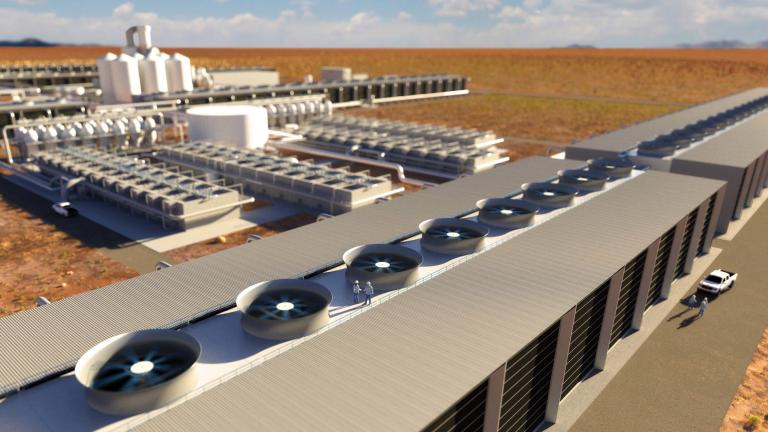
A pair of companies have begun designing what could become Europe’s largest direct-air-capture plant, capable of capturing as much as a million metric tons of carbon dioxide per year and burying it deep beneath the floor of the North Sea.
The sequestered climate pollution will be sold as carbon credits, reflecting the rising demand for carbon removal as a drove of nations and corporations lay out net-zero emissions plans that rely heavily, whether directly or indirectly, on using trees, machines, or other means to pull carbon dioxide out of the air, writes James Temple for MIT Technology Review.
“We can’t stop every [source of] emissions,” says Steve Oldham, chief executive of Carbon Engineering, which is based in British Columbia. “It’s too difficult, too expensive, and too disruptive. That’s where carbon removal comes in. We’re seeing an increasing realization that it’s going to be essential.”
Read full article: https://www.technologyreview.com/2021/06/24/1027083/what-it-will-take-to-achieve-affordable-carbon-removal/
Image Credits: Carbon Engineering, ltd.






